One of the classic things a father hears is: Don’t worry if your kid takes longer in learning this. By the way, we all know that girls learn faster than boys.
I think that girls learn faster and are smarter than boys at every age.
I see it constantly and I have the pleasure to know a good number of “female geeks” in our industry confirming me daily this assumption.
One of them is Joanna Lord.
Let me try to describe her: generous, empathetic, nervous, classy, doubtful as only the perfectionists can be, but firm in her decisions.
Joanna, who I have the fortune to call friend, is one of those who make their work a kind of game, where the opponent is really not a competitor, but themselves, and where the prize is a constant improvement of its own knowledge and skills.
VP of Growth Marketing at SEOmoz, Joanna – especially in her beginnings at Moz – was the “advertisement girl”. Somehow a dangerous position being the SEOmoz community in its 90% composed by Organic Search Marketers, who have a love/hate relationship with everything related to paid marketing.
Gianluca: How were those first days at SEOmoz, Joanna?
Joanna: Those first days were crazypants – in a good way. There were less than 10 Mozzers when I joined and the office was above a Brewery, which meant we all wore many hats and smelled hops all day. It was everything you imagine from a startup story – taking big gambles (bylines were decided in an hour), running super lean (when Rand shot a Whiteboard Friday, no one could go get coffee because he shot it in the kitchen area), and lots of crowdsourcing (new homepages were decided by getting almost everyone at the company in one room to chat through it).
In a word – the first days at SEOmoz were awesome.
Gianluca: There’s always been a relationship based on stereotypes between SEOs and SEMs, somehow that kind of relationship existing also between SEOs and Social Media specialists. Stereotypes, which I consider not only false but also stupid, because there are more advantages than disadvantages in the possible synergies between Organic and Paid Search.
Fortunately, I see SEOs understanding more and more this. Is it just a sensation I have, or are you seeing the same? How much has changed the relationship between SEO and SEMs in these last years?
Joanna: I have definitely felt the friction over the years and I, like you mentioned, have seen the silos break down significantly over the years. I think this is a result of tools that bridge the channels, resources that enlighten us on advantages to connecting more, and an overall industry expectation that we all wear more hats.
If you had told me years ago I would be working at a company that sold inbound marketing software, and preaching that performance marketing just isn’t enough I probably would have laughed at you. But social really helped bridge the two camps. The social engagement and signals became important to both SEOs and PPCers, and over the years our pages and campaigns have started to look more an more alike. This only makes sense to me. After all we are all trying to capture the user’s attention, and their loyalty. These days marketers need to be educated on all the channels to some degree and really understand how they can compound on each other for a better customer experience and more success.
Gianluca: Even though I am open to all that is new and may bring fresher ideas and innovation in how we do marketing, at the same time I try always to remember people and myself to not get blinked by any new shiny object appearing, because that attitude makes us loosing objectivity.
For instance, 2011 was the “Social Signals” year and 2012 Content Marketing is the (not so new) revolutionary innovation. What are the bright shining objects of an Online Marketer like you? Or is that just a typically SEO syndrome?
Joanna: I think marketers have an innate need to be looking ahead, its this need that usually helps us stay ahead of such a fast moving industry. With that said, its good to keep perspective. You’ll find I always preach – nail the basics first. I think a lot of the basics have stayed the same over the years. The medium, platforms, etc. have changed but providing a beautiful, simple, valuable experience is still the champion.
I like “shiny object syndrome” because it keeps me on my toes. Usually something catches fire because brands are executing beautifully on it, or new tools/resources pop up to educate the masses. It’s important as marketing professionals to know what has grown outside our bubble, these are huge wins for all of us.
Gianluca: Since I knew you, one of the things I most liked of you as professional was your data driven mentality. Another facet I like is that you have a past and a present also as an entrepreneur with projects, which were a sort of natural evolution of very personal passions. Can data and logic fuel passion? Or passion needs the coldness of data to become something more long lasting? How to find a balance between these apparently opposite poles?
Joanna: What a great question! I am working on a post that talks about the process of passionate innovation and how that backs out to using the data you have available. I have been thinking through this a lot lately. I very much believe they are more like sisters than they are rivals. To me the most passionate people out there see trends and momentums that the average person ignores. I also think the most data-driven people tend to be the most obsessive given the nature of data to be infinite and enlightening.
I guess what I am saying is, when you use the two together you tend to have an unstoppable machine, rather than a friction-based model. When I get an idea for a campaign here I go straight to the data – can I prove it will be valuable? Can I prove it will be a powerful level in our strategy? Once I have data I can either skip the idea or go full steam ahead. If it’s full steam ahead then its no hold bar. I have the confidence (rooted in the numbers) to get buy in, to sell the idea to multiple teams, to ask for resources, and simply “get after it.”
For me data and passion are so closely tied, I rarely spend time on one if not for the other.
Gianluca: You are in the “pre-production” phase of your new personal project, ISITaYES; an app in the social life niche, which has a very curious purpose: to connect friends in order to take a final decision when buying something.
Personally I consider it a genial idea, being that kind of thing we always desire to have but none actually have created.
What process are you following from the “lighten bulb moment” to – hopefully – the app will be distributed in the apps’ stores? In this case are you following more your “commercial” instinct or are you taking your decision also over a more classical market investigation?
Joanna: ISITaYES has been a slow burn idea for just about a year now. I have been floating it by friends, fellow marketers, and just random shopping lovers for the last year and finally I was like – just do it already. So I did. It’s been a whirlwind since its been up on Indiegogo. I’ve had partnership inquiries, investors ping me, and lots of positive feedback on the idea.
Since this is just a side project for me, its been hard to balance the time needed to get it grooving, but it’s also helped me push my creative limits, which has been awesome. I have a dev that wants to build it, and we anticipate it will be ready to go in the next month or so. We are starting with an iPhone app and will be available for download in the app store.
After its live, I’m hoping to wrap it in some marketing/branding, which is be fun because mobile marketing and apps is a whole new world. I’ll be working to add features, get feedback, and iterate. From there Ill be watching to see how things go, and if there is some adoption that would just be awesome.
The main goal has been to take it from idea to prototype, and that’s about as far as I’ve gotten in my head ☺
Gianluca: Apps and mobile. It is clear that mobile is going to surpass desktop as the main Internet navigation medium, if it has not surpassed it yet.
What are the consequences of this change in your field? Are you seeing meaningful differences in the advertising performances and in the users behavior toward ads?
Joanna: We are talking a lot about mobile here at SEOmoz. We are somewhat torn on the effects/impact of the changes in search behavior. It’s worth nothing that a lot of the basics still apply – your pages need to be beautiful, you need great content, you need be a valuable option.
With that said there are definitely changes in behavior, attention span, availability, and UX that should be noted. I think as an advertiser I’ve spent the majority of the last decade thinking about “user intention.” What are they looking for? Where are they in the buying/decision cycle? What context are they working within? All of that changes significantly when the user is on mobile – the queries will now carry a very different story. I think if we pay attention to that, and keep it in mind we can merge the traditional strategies with new tweaks to really nail what we deliver back.
The story of mobile ads is still evolving. I know the team over at MobileAppTracking, which is a mobile app performance tracking software. They are tracking millions of actions a week at this point. People are clicking ads, they are downloading, they are taking action – as advertisers we can’t ignore this behavior. It would be shortsighted to assume it won’t hit mass appeal. I might not click in app ads—right now—but I spend more time in apps everyday, so who knows down the road. I think marketers need to keep on the mobile trend and try to stay open-minded, because I think this ride is going to get crazy awesome.
Gianluca: At Mozcon you gave one of the most interesting speeches, all centered on what does really mean Conversion Rate Optimization. Not just a respectable but somehow mechanic result of colors, buttons and call to actions, but as the expression of a real identification between Brand and Users.
And we have seen how Google – for instance in its most recent Guidelines for the Quality Raters – in putting the User Experience as an essential factor in order to consider a site being a quality one or not.
Could this mean that CRO is the real missing link between SEO, Content Marketing and the apparently not inbound disciplines of Online Marketing?
Joanna: I absolutely think that is the case. I work on the Growth team here at SEOmoz, and a significant amount of our time is spent on conversion rate optimization. How can we improve not just the funnel but the story, the loyalty, the reaction to our brand? We plan to invest heavily in this “middle of the funnel” activity.
Inbound marketing is only as good as it is beautiful, effective, and valuable. All your content, community engagement, and social activity can be great but if you drop them at a strange place, or say the wrong message, or leave them hanging without connecting with them…it’s a waste. CRO can help you put your best foot forward as a brand. I think marketers need to see past small, isolated tests, and start thinking about more philosophical and site-wide tests that could help them elevate performance across all their channels.
Gianluca: SEOs can find a lot of information about how to gain new visitors and leads, also because for years that was their main objective.
But now that web marketing is becoming a more mature set of disciplines, the “science” of nurturing users and retaining them is becoming everyday more important. Somehow that is an unknown field for SEOs.
What are the challenges in that particular field and what are the tactics you would like to suggest to SEOs?
Joanna: I would say that gaining visitors and leads weren’t just an SEO’s goal but also a performance marketers –of yesteryear. There was more churn and burn philosophy happening back then. These days with quality of interaction being more important as well as social trust signals like sharing, reviewing, etc. take a front seat—marketers need to think bigger.
Lifecycle marketing has been around forever, but often it was rooted in database marketing and analysis. With today’s tools and our knowledge around  personas/demographics, marketers have no excuse. We should be thinking about all of our channels as a piece of the lifecycle pie. The marketing halo is more important now than it’s ever been.
personas/demographics, marketers have no excuse. We should be thinking about all of our channels as a piece of the lifecycle pie. The marketing halo is more important now than it’s ever been.
For SEO’s today I would throw out these common, but often overlooked, suggestions—think past visitors (is your content and your pages creating a fan of your brand), how are your visitors converting and then how are those conversions doing (what’s the LTV of your efforts? What peripheral value is felt from your efforts), and lastly how can you work with the other teams to create a community or audience that lasts longer than a visit (can you build a retargeting audience, can you create a community of email subscribers, can you get them to support you on social on their way out?).
Often it comes down to getting in a room with the other marketers and saying, “so how can we help each other?” Merge your tools, educate each other on your goals, and start highfiving your way to a better customer experience that is deeply rooted in valuable visits and loyal customers/community members.
Gianluca: SEOs usually complains that Google is too much brand biased. But maybe SEOs don’t understand that it is not Google, its people who is biased toward brands.
Maybe if we, search marketers, understand this, then we will be able to see how Branding is now an essential element of our discipline, not just in relation to Search Engines tout court, but also to all those media that have an increasing search element, as the same Social Networks. I am thinking specially about Google+, Pinterest, Instagram…
Isn’t that the real new frontier of SEO?
Joanna: I’m probably not the most qualified to speak to the real new frontier of SEO (I’d suggest my much smarter counterpart Ruth Burr, SEOmoz’s lead SEO for that).
I will say that Google has never been biased to brands in my opinion, but like you suggest, users bias brands which affects their behavior which affects Google. My background in PPC has taught me a very valuable lesson – Google is a for-profit company friends. Clicks = money. Money = more money. Google likes the moneyzzz.
I believe that brands who heavily invest in creating communities and helping their customers sell their product/service for them will win moving forward. We are a social web and that is becoming more evident with every update, every “next big platform” and every time we purchase. When was the last time you did anything without asking for feedback first?
As a brand you better invest in the consumer’s obsession with sharing/suggestion/feedback – on your site, in your interactions, etc. It will literally make or break companies moving forward.
 The Proust questionnaire
The Proust questionnaire
What is your favorite word? Ambition.
What is your least favorite word? Lazy.
What turns you on? My boyfriend’s dimples (he is a Texan ☺). Shoes. Data. Coffee.
What turns you off? Mean people. Selfish people. Jealousy. Whining.
What sound do you love? When my nephews are laughing. It’s like happiness on crack.
What sound do you hate? People who chew loud, I have a nutty problem with it.
What is your favorite curse word? Fuck.
What profession other than yours would you like to attempt? Maybe a CEO when I find “the idea” and “the team.” I cringe when I admit it to myself, but I think it’s likely I throw myself down that road some day.
What profession would you not like to do? Anything that involves bad Wi-Fi and outdated computer software. Yuck.
If heaven exists, what would you like to hear God say when you arrive at the pearly gates? I like to think my mom will be there waiting with him and she will say “well look at you, getting all sorts of good things done down there, give me a hug.”
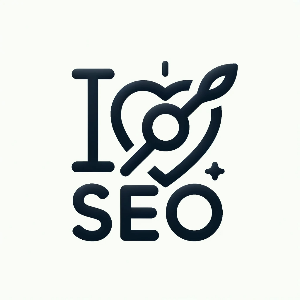

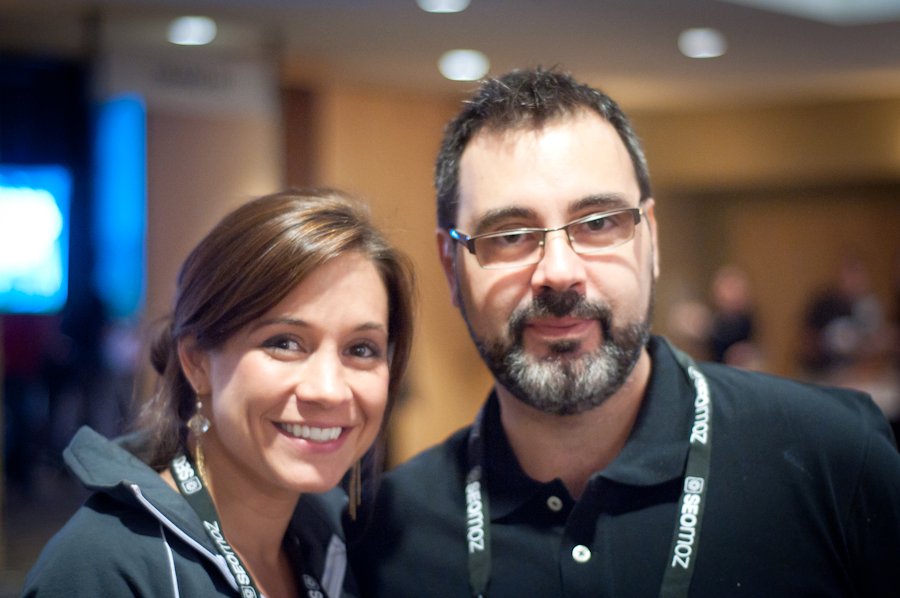
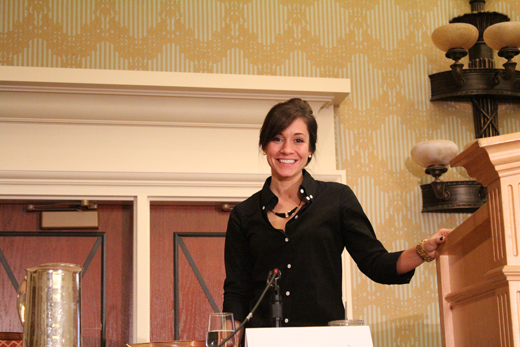
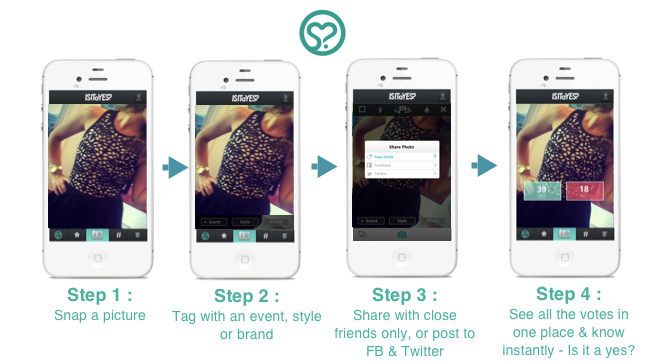

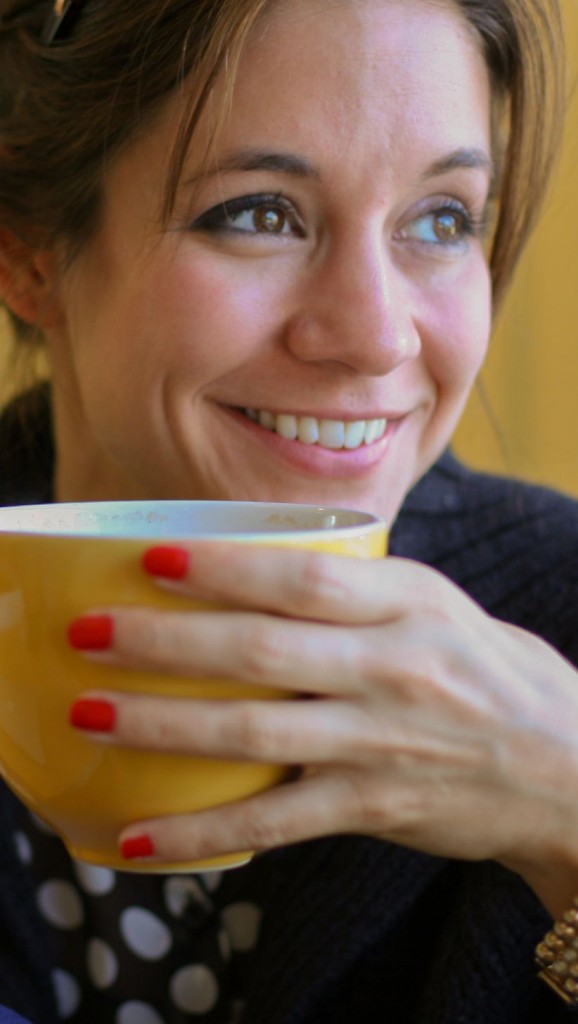
Very good interview 🙂
does she still work for Moz?
Not anymore since few weeks. She now works at BigDoor.
Quite old article but it was pleasure to read. Thank you.